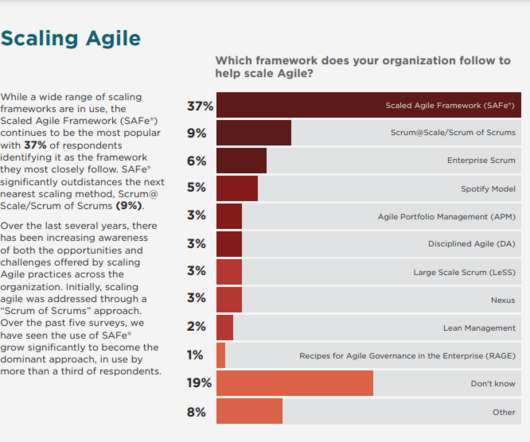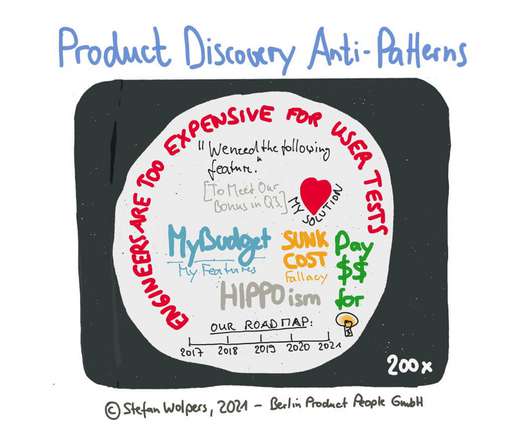SAFe Simply Explained (Part 1): Core Competencies and Principles
Inloox
JULY 1, 2021
Large corporations in particular, which are in urgent need of more agility due to entrenched structures, usually have the hardest time implementing an agile transformation. Lean Agile Leadership: Managers are the very core of lean agile development and business agility. But it’s not that easy.













Let's personalize your content